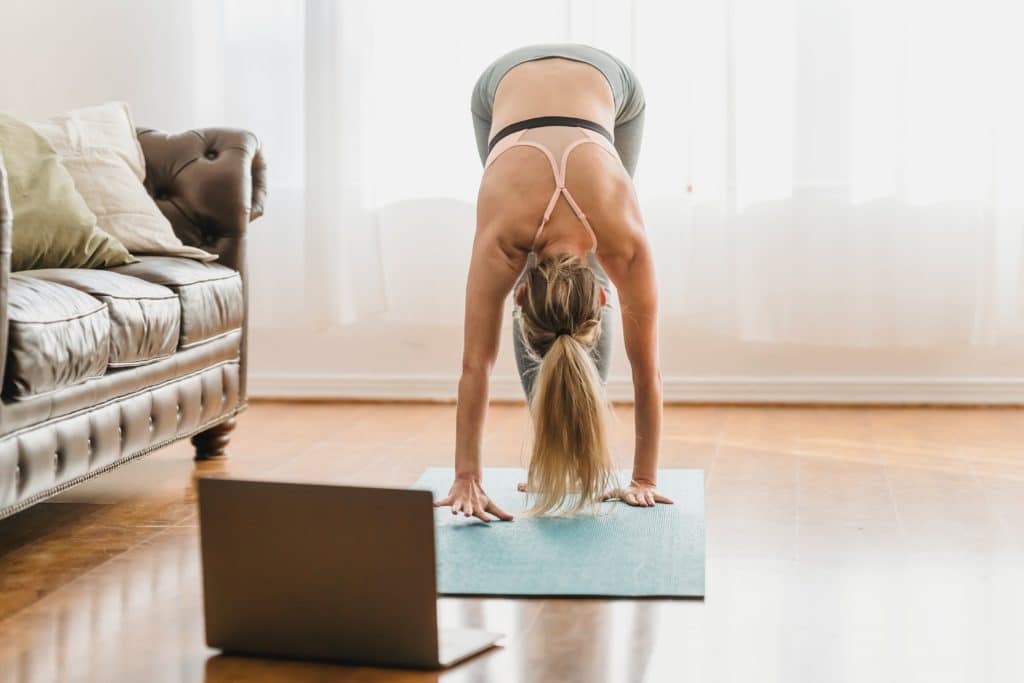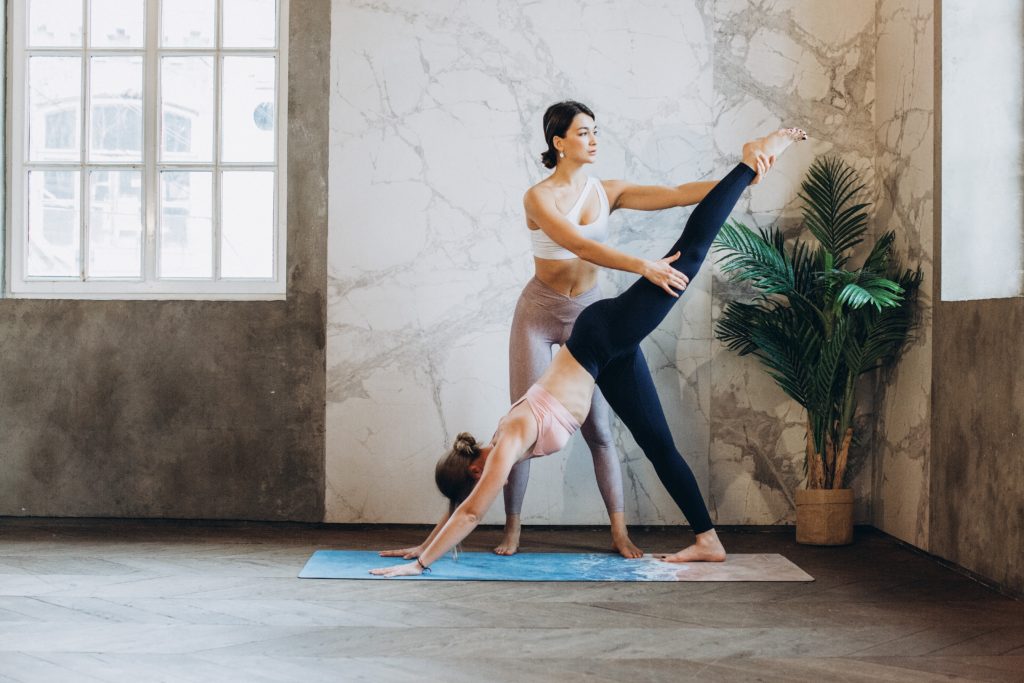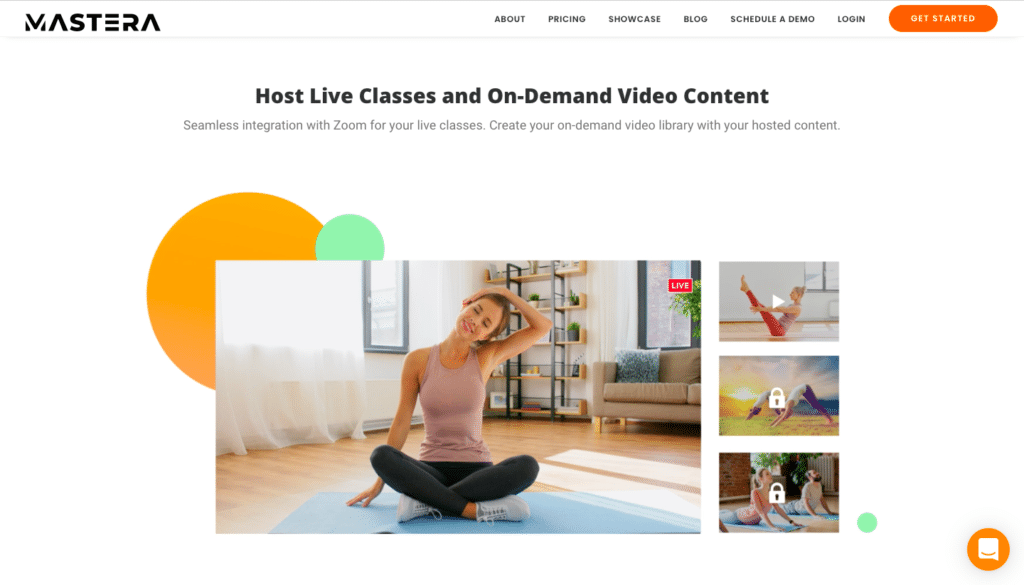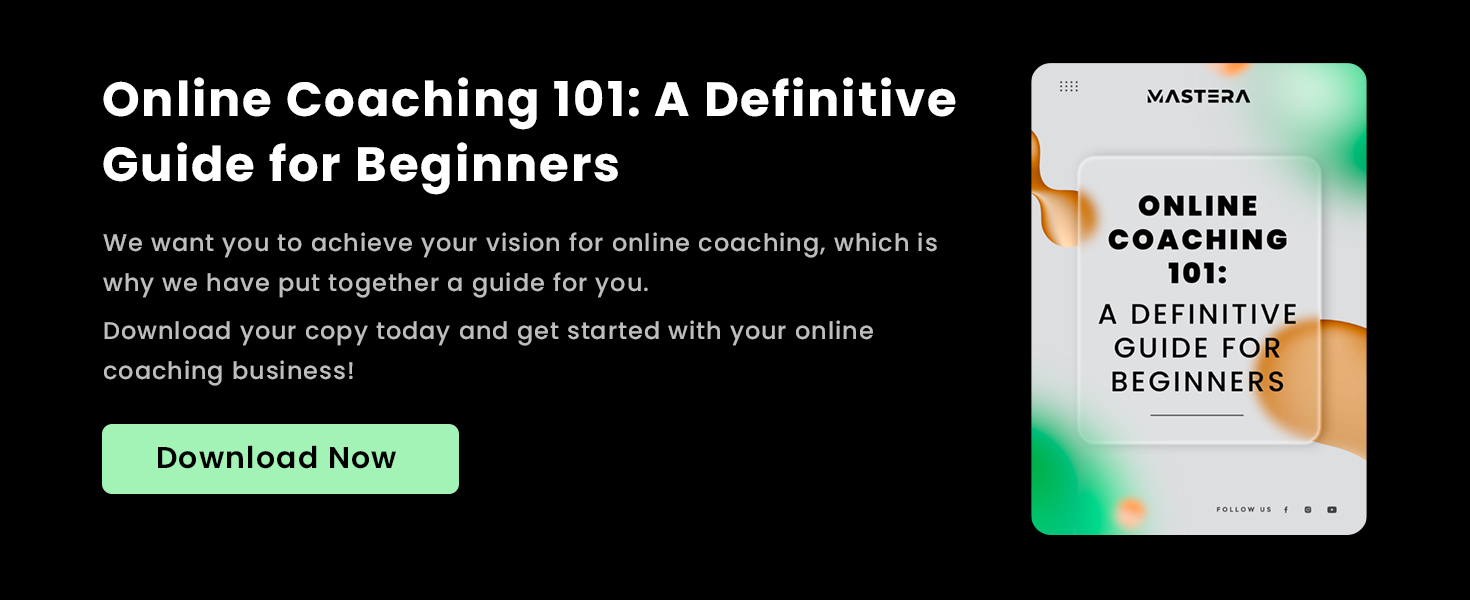It wasn’t always possible to do yoga training online a few years ago. But the recent COVID-19 pandemic changed that very quickly.
Online yoga teacher training was the solution for many people who attended in-person yoga classes. Many people take yoga classes as it helps give them stress relief, flexibility, and improves their overall health and fitness. Online teaching has opened the gate of opportunity for people to find a sense of relief and comfort amongst lockdowns and a remote environment.
The Transition to Remote Life
When instructors began teaching classes online, it started a new world for their learners. This world encompassed working, living, exercising, and entertaining themselves at home. Simultaneously, teachers could still earn an income during lockdowns and virtually help others with their yoga ambitions.
Teaching yoga online has become so popular that many instructors have decided to keep their yoga teaching virtual instead of returning to in-person classes.
So, are you an instructor wondering whether to start your yoga teacher training online or in-person? Or maybe you’re a learner that wants to join a yoga class but isn’t sure if it’s right for you? If you are either of these people, you’ve come to the right place. This article will help you decide as we discuss the pros and cons of yoga classes online.
The Pros of Online Yoga Teacher Training
If you speak to most yoga instructors that have transitioned to the online teaching space, you’ll notice that most of them are happy with the choice they’ve made. Let’s review the advantages of online yoga training in more detail:
Easy to use and quick access to a variety of teachers
Online yoga means that everyone has easy access to it, and it’s simple to use! All you need is a stable internet connection – and you’re good to go! Gone are the days of having to wear proper yoga gear and looking great before you drive to your class! With online learning, you can do yoga from anywhere while you’re wearing what’s most comfortable. The most important (and fun) part of this – is you can fall, laugh at yourself, and get back up again – without anyone seeing!
The recent pandemic has transitioned most people to stay at home more often, so doing yoga at home is the most popular choice. Since 2020, learners have gained access to thousands of yoga instructors – no matter how big or small. Once a learner subscribes to yoga classes, teachers can contact them, set up additional follow-up lessons, and ask for feedback.
Online learning platforms have made communication more efficient through technology. Connecting with instructors from the comfort of your home is a breeze.
Reduces the carbon footprint
Hello, technology!
Gone are the days of renting studio space to teach yoga or driving to a studio to practice it. Now, you have access to premium online video streaming and learning platforms that host live classes and on-demand libraries. Teachers can monetize lessons with the click of a mouse and let the platform manage all their operations.
Technology has evolved the learning space. Even simple things like having a steady internet connection, high-quality cameras, and advanced video streaming are so helpful to both teachers and learners.
But practicing yoga online takes it to the next level.
By working from home, we are doing our bit of leaving less of a carbon footprint on Earth. How? You consume less gas because you’re not driving to the office or studio every day of the week. You also don’t grab that smoothie or coffee on your way home – this saves you money, but it also reduces the amount of trash. Low waste living is the new focus, and why not start contributing to that from today?
Saves you time and money
We’ve already spoken about how working from home and practicing our hobbies has helped reduce our carbon footprint. But how else does online yoga teacher training save you time and money?
The truth is, sometimes online yoga lessons can be a bit cheaper than in-person yoga. This is because teachers don’t have the huge running expense of a studio rental. They also don’t have to pay maintenance costs on the property they rent. In-person classes also mean higher gas bills and money for those sneaky snacks on the way back home.
In the same way, both instructors and attendees save time as they don’t need to drive out to a lesson. Think about this for a second: You usually take 20 minutes to drive from home to the studio, then 45 minutes for the class. And another 20 minutes to get back home (maybe add five more minutes for that smoothie). Suddenly your yoga lesson is an hour and a half long.
But if you had an online yoga lesson scheduled, you’d need five minutes to get into your comfortable clothes, 45 minutes for the lesson, and another ten minutes to wind down and grab water. That’s one hour in total.
The bottom line? Use those extra thirty minutes to make up a delicious lunch, start prepping dinner, or read a book. Time is priceless!
The Cons of Online Yoga Teacher Training
Now that we’ve seen the benefits of online yoga, let’s discuss some cons of teaching online yoga. We’ll also look at how you can work around these disadvantages as an instructor or student.
It’s not as personal
This disadvantage may apply to both teachers and participants. Many people find online classes a little removed from the real world. There is a lack of personal attention given in an online course. This is something that people love about in-person classes – their teacher walks around and helps them improve on poses, balances, and breathing. With online classes, it isn’t as easy to guide others on a one-to-one basis.
While you teach online, you can instruct attendees on how to improve, but only to a certain degree. This is because some participants lack lighting where they are, and you, as a teacher, cannot quickly see how well they’re performing. There’s also the fact that any theoretical teachings are difficult to do virtually. We all know that people switch off mentally when training on Zoom calls. It’s not an easy one to tackle.
How to work around it:
Keep your online yoga classes going, but try to schedule some one-on-one time with your client once every few months. This way, you can maintain that personal connection and speak to them about their performance and struggles in a private setting. While you’re teaching, don’t be shy to ask your students to turn their bodies and shift the position of their camera if you can’t see them properly. It’s all about giving them the best experience – and that’s how to start.
It may be difficult to focus
Right. Let’s talk about the elephant in the room: Distractions at home! This is not unheard of, and, in fact, it’s common in almost every home. Whether you’re distracted by your spouse’s Zoom meeting in the next room, your child’s iPad sounds, or the washer beeping to let you know it’s done, all of these things make you lose your concentration.
Not only does it distract you – it makes it very hard for you to get back into the zone and focus on your class.
You’ll be happy to know that you’re not alone in this. People have toddlers crawling through their yoga class or puppies wanting to play fetch while you’re in the midst of a pose. But it’s important to remember that this is life – distractions will always be there. It’s what you do to tackle it that matters the most.
How to work around it:
Before you join the class, try to be in a room that is empty and has good lighting. You want to close your door and ensure that your environment is as peaceful as it can be. Try to use headphones or wireless earphones if noise is an issue in your home. Don’t be shy to take your yoga mat out to the patio or backyard in the warm months. This way, you’ll be alone and be able to soak up some sun while you practice!
There’s an absence of community
This is possibly one of the most significant disadvantages of teaching yoga online. Many teachers feel that they have built a community of yoga students over the years, and online teaching doesn’t give people a sense of belonging to a community.
Communities are a vital part of our lives – people have built great relationships with other students. Some even become really good friends and see each other outside of yoga class. We’re human and having different community groups is a pivotal part of our lives. This is something that is quite difficult to achieve online. Most students just log in a minute before the class begins and immediately log off once it’s done. So, how can you build an online community?
How to work around it:
This will always be a bit harder to do online than it is in-person, but try to build up some class events to boost communication and connection between students. As a teacher, you can set up virtual social events and use Zoom to meet with everyone via your online teaching platform. Social events should include things like lifestyle talk (beyond yoga), games, and inspirational stories. If you schedule regular social events, people get to know each other better and start to feel a sense of closeness. And that’s what you’re aiming for!
Let’s Recap: Pros and Cons of Online Yoga Training
While there are both pros and cons to learning or teaching yoga online, the most vital thing to remember is that you need to get your yoga classes to work for you.
We can see that technology has helped us reduce our carbon footprint and makes yoga classes more flexible and affordable. But it also loses a sense of personalization and community that you would get in-person.
So, how do you decide?
Before you choose, consider that every con we have listed does have a solution to it. Whether you’re a teacher or student, online yoga can work for you. If you’re unsure, simply try it out for a while and see how you feel about it. You can always switch to the more traditional teaching methods if you prefer this.
Ready to Try Teaching Online Yoga Classes?
The beautiful thing about practicing yoga is that it positively influences your quality of life. If you’ve moved to a fully remote or hybrid work environment, remember that it doesn’t have to be a limiting experience for you. And while we know in unprecedented times, it’s tough to adapt to a virtual world; we are here to help you make that transition a smooth one. Thousands of teachers and students have moved to online experiences and have reaped their rewards. It is just a matter of taking the time to look for what is suitable for you – in your life and daily environment.
When you use an online teaching platform like Mastera as a student, you can join classes, communicate with instructors, and subscribe to your yoga instructor’s emails. Students love that you can chat with teachers via text messages and even get access to exclusive deals once you subscribe to a class.
As a teacher, you can enjoy hosting live classes, as well as on-demand content. Schedule your lessons, monetize your classes, and even sell merchandise on your website! The best part of platforms like Mastera is that there are no hidden costs – the monthly subscription cost is what you get. And if you want to cancel, you can at any time! There are no contracts and notice periods to worry about.
It’s time to celebrate and share the world of yoga with others. Let us help you bring your brand to life and start teaching on a platform that enables you to succeed effortlessly.
So, are you in?
If you’d like to discuss how to start teaching online yoga classes, feel free to reach out to one of our professionals here at Mastera.











